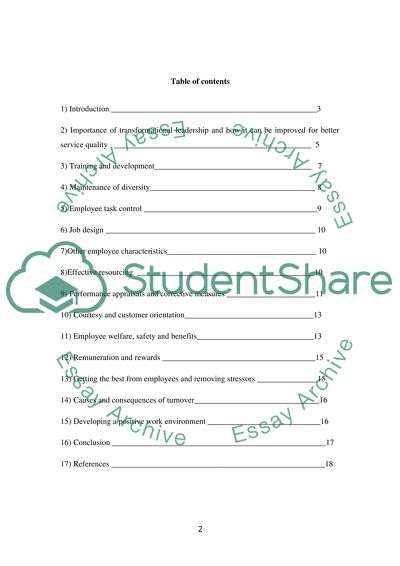Cite this document
(“The service Encounter (Human resources management) Essay”, n.d.)
Retrieved from https://studentshare.org/environmental-studies/1407530-the-service-encounter-human-resources-management
Retrieved from https://studentshare.org/environmental-studies/1407530-the-service-encounter-human-resources-management
(The Service Encounter (Human Resources Management) Essay)
https://studentshare.org/environmental-studies/1407530-the-service-encounter-human-resources-management.
https://studentshare.org/environmental-studies/1407530-the-service-encounter-human-resources-management.
“The Service Encounter (Human Resources Management) Essay”, n.d. https://studentshare.org/environmental-studies/1407530-the-service-encounter-human-resources-management.


